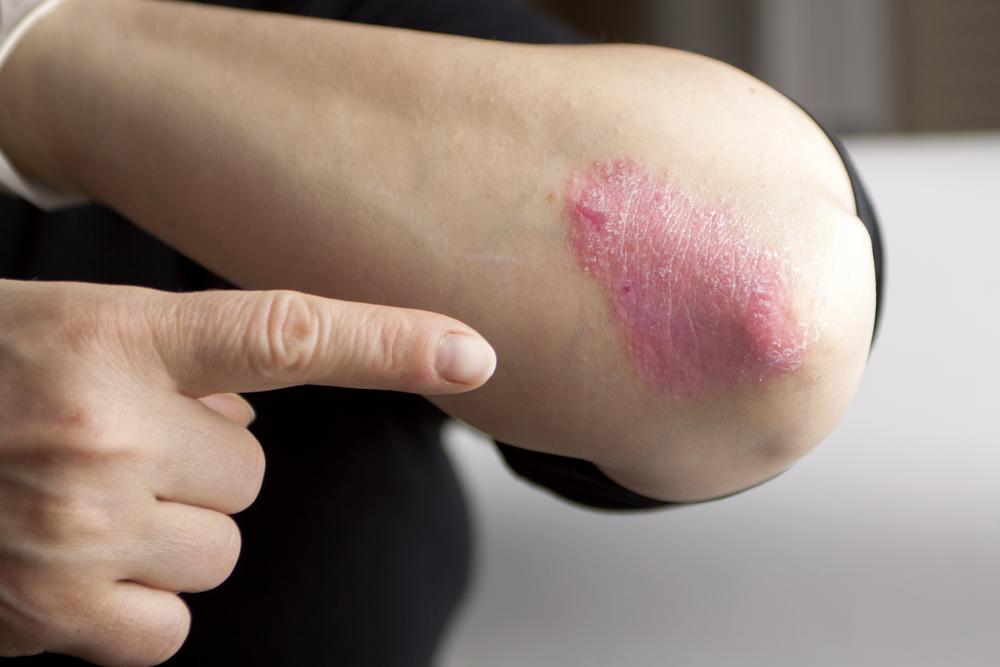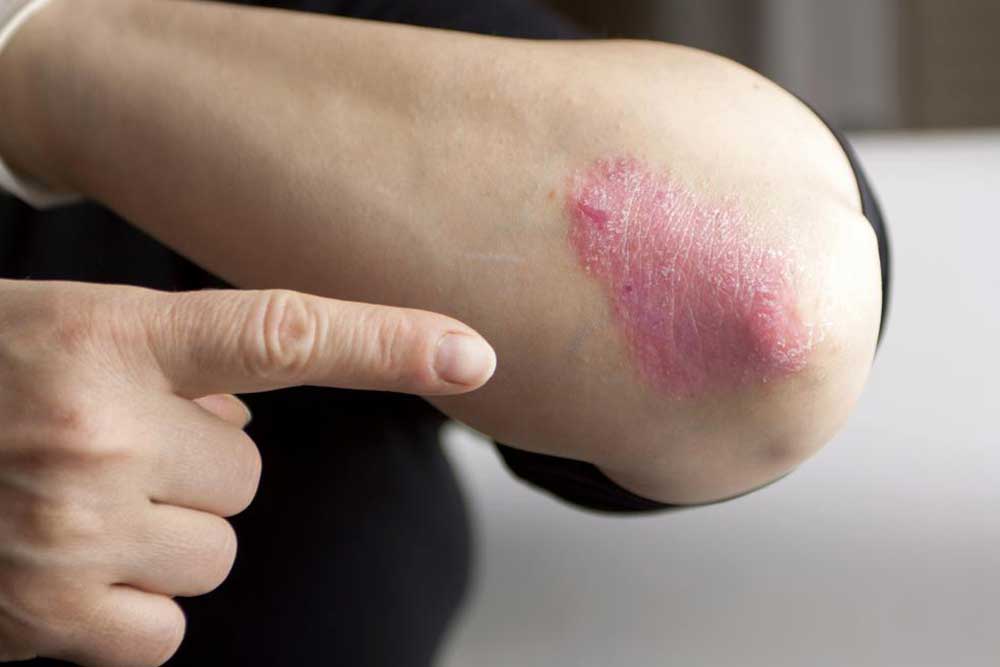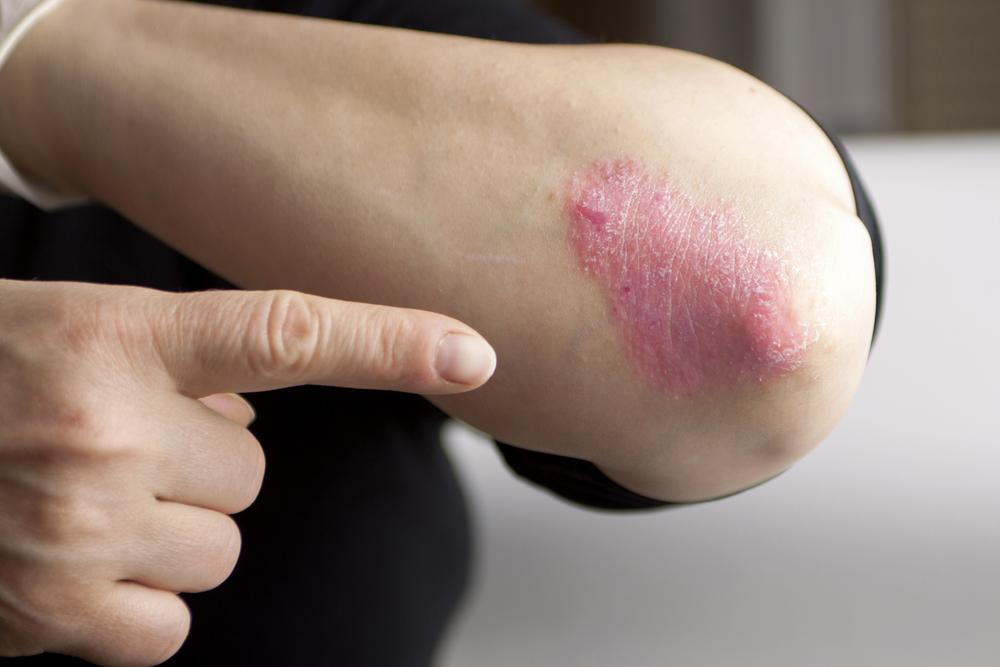Comprehensive Guide to Managing Psoriasis: Effective Strategies and Insights
This comprehensive guide provides in-depth insights into managing psoriasis effectively. It covers the causes, types, triggers, diagnosis, and lifestyle strategies including diet modifications. With practical tips and detailed explanations, it empowers individuals living with psoriasis to control flare-ups, improve skin health, and enhance quality of life through informed habits and medical advice.

Comprehensive Strategies for Living with Psoriasis
Essential information for individuals managing psoriasis
Living with psoriasis can be a challenging journey, even for those who maintain a healthy lifestyle through nutritious eating and regular physical activity. Psoriasis is a long-term autoimmune skin condition that affects millions worldwide, often posing not only physical discomfort but also psychological and social hurdles. The disease manifests in various forms, can develop at any age, and may worsen without adequate management. Understanding how to live effectively with psoriasis is essential for improving quality of life and minimizing flare-ups.
While there is currently no cure for psoriasis, effective symptom management is achievable with proper treatment plans, ongoing skincare routines, and lifestyle adjustments. This comprehensive guide provides valuable insights into understanding psoriasis, recognizing triggers, and adopting lifestyle practices that can help control the disease's progression and flare-up frequency. Whether you are newly diagnosed or have been living with psoriasis for years, these strategies can empower you to better manage your condition and improve your overall well-being.
Understanding Psoriasis Flare-Ups and Their Triggers
Psoriasis is primarily an autoimmune disorder characterized by an accelerated growth of skin cells. This rapid buildup results in the formation of thick, scaly patches known as plaques, commonly appearing on areas such as the hands, feet, scalp, face, and neck.
During flare-ups, individuals experience increased inflammation and redness around affected areas. The scales are typically whitish-silver in color, forming thick, inflamed patches that can be itchy, sore, and sometimes painful.
Various triggers can provoke psoriasis episodes, making management more complex. These include emotional or physical stress, skin injuries such as cuts or sunburns, exposure to certain medications like lithium or beta-blockers, alcohol consumption, infections, and lifestyle factors. Recognizing and avoiding these triggers is crucial to controlling the frequency and severity of flare-ups.
Types of Psoriasis and How They Differ
Plaque Psoriasis: The most common form, affecting approximately 80% of psoriasis patients. It manifests as raised, red patches covered with silvery-white scales, often itchy and painful.
Guttate Psoriasis: Frequently observed in children and young adults. It appears as small, droplet-shaped pink spots scattered across the trunk, arms, and legs. Often triggered by infections such as strep throat.
Pustular Psoriasis: More prevalent in adults and characterized by white, pus-filled blisters (pustules) on reddened skin, leading to considerable discomfort and skin swelling.
Inverse Psoriasis: Affects skin folds like the armpits, groin, under breasts, and around genital areas, resulting in shiny, red, irritated skin that may cause discomfort.
Erythrodermic Psoriasis: A severe, rare, and life-threatening form that involves widespread redness, shedding of skin in large sheets, and systemic symptoms such as fever and chills. Immediate medical attention is often required.
Methods for Accurate Psoriasis Diagnosis
Physical Examination: Dermatologists typically diagnose psoriasis through a detailed visual inspection of the skin, noting the characteristic plaques, scales, and inflammation. A comprehensive family medical history can be helpful, given the genetic component of the disease.
Skin Biopsy: When diagnosis is uncertain, a small skin sample may be taken to examine under a microscope. This helps differentiate psoriasis from other skin conditions such as eczema, dermatitis, or fungal infections.
Nutrition and Diet Tips to Support Psoriasis Management
Reduce intake of saturated fats found in red meats, full-fat dairy products, and processed foods. Focus on incorporating omega-3 fatty acids through lean proteins like fish, flaxseeds, and walnuts, which have anti-inflammatory properties.
Achieving and maintaining a healthy weight is crucial because obesity can exacerbate psoriasis symptoms and reduce treatment effectiveness. Incorporate portion control and a balanced diet to facilitate weight loss if needed.
Eliminate or minimize trigger foods such as red meats, refined sugars, and heavily processed snacks, which may contribute to inflammation.
Limit alcohol consumption, as alcohol can interfere with treatment and trigger flare-ups in many individuals.
Enhance your diet by including a variety of vitamin-rich foods—such as fruits and vegetables—and consider dietary supplements after consulting your healthcare provider to ensure adequate intake of vitamin D, omega-3s, and other supportive nutrients.
Maintaining a comprehensive approach to managing psoriasis involves not only targeted medical treatments but also lifestyle choices that promote skin health and overall well-being. Collaboration with healthcare providers—including dermatologists and nutritionists—is essential for developing an individualized management plan tailored to your specific condition and needs.
Tags - Psoriasis management, skin health, autoimmune skin disease, flare-up control, lifestyle tips





